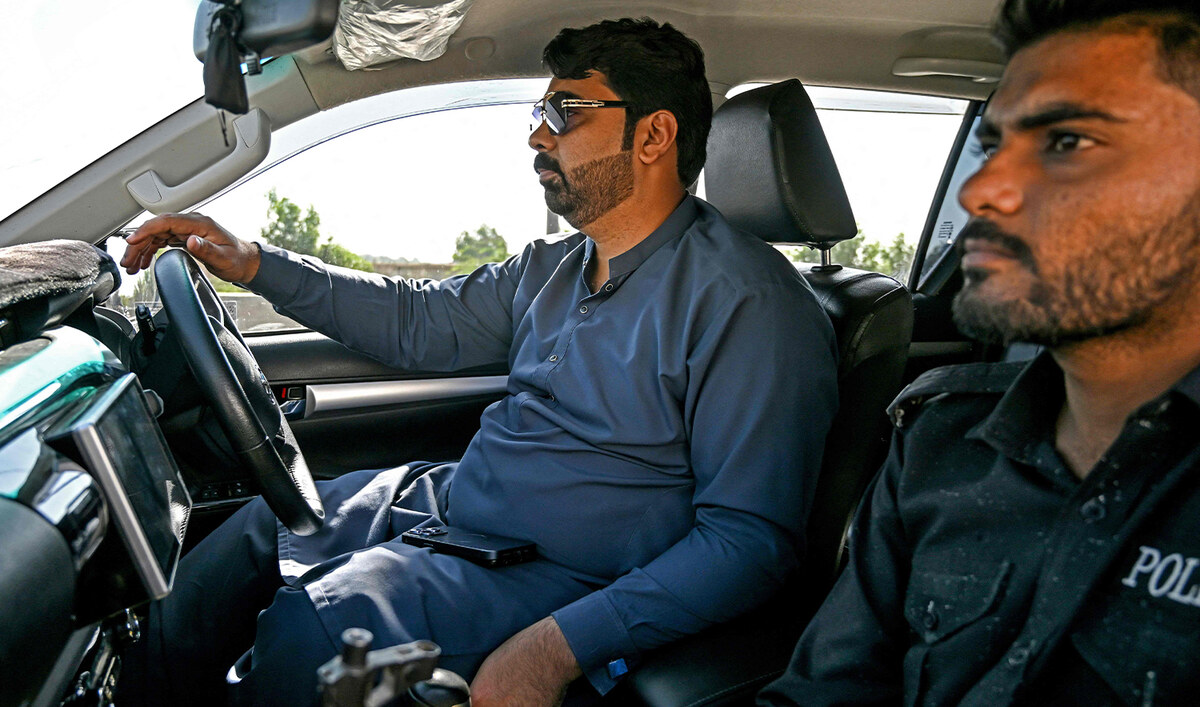TASHKENT: Creative leaders and policymakers from around the world gathered in Tashkent, Uzbekistan on Wednesday for the opening day of the fourth World Conference on Creative Economy.
Opening the event was keynote speaker and supermodel Naomi Campbell, who lauded the power of the fashion economy in an interview with Arab News.
The conference, organized by the Uzbekistan Art and Culture Development Foundation, is taking place until Oct. 4. In her opening remarks, Campbell said: “The theme of this year’s conference, ‘Inclusively Creative: A Shifted Reality,’ could not be more fitting. We are in a time of immense transformation, and this gathering is a testament to the power of creativity to not only adapt to but also lead these changes.”
The creative sectors are currently undergoing a transformation which can be a force for inclusive, sustainable economic growth. Cultural and creative industries are among the fastest-growing globally, generating annual revenues of nearly US$2.3 trillion, according to the UN Conference on Trade and Development.
In a panel discussion titled “Threads of Inclusion: The Impact of Fashion on the Creative Economy,” Campbell explored how supporting up-and-coming fashion designers within Africa and the diaspora, especially in emerging markets, can build economies and yield growth.
“There is a such a great impact,” she told Arab News afterwards. “I think governments of emerging markets didn’t realize before the impact what their talent in fashion could do and bring to their economy. They now do and understand what it can do. They’re now taking it more seriously and that’s what we want. We want them to invest in their own and then that is also how we can get investors from outside too. It is crucial to invest in your own talent.”
Campbell, who has been part of numerous events in Saudi Arabia — most notably on the red carpet at the Red Sea International Film Festival — said she had been impressed with the changes happening throughout the Gulf region.
“Women are getting opportunities that they never had before and that in itself is amazing,” she told Arab News, adding that many of these lay within creative fields.
“They are quickly embracing these roles and being included,” she said. “I just want to make people feel included because I know what it’s like to not be included. I don’t want people to ever feel that.”





















